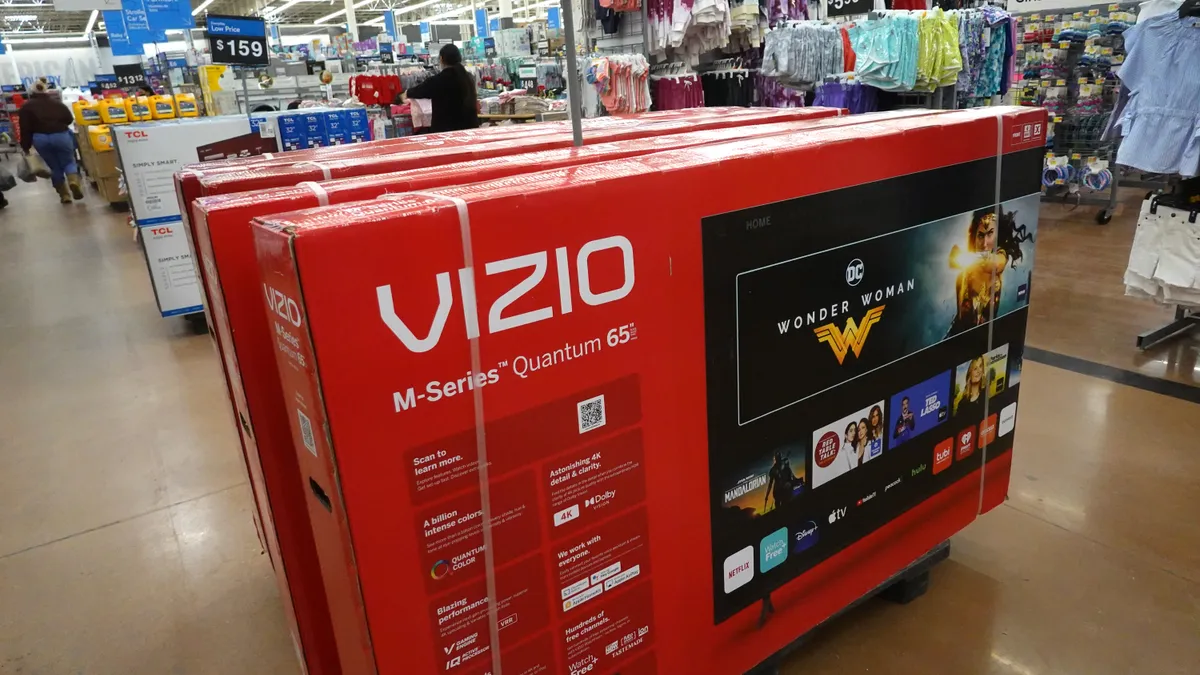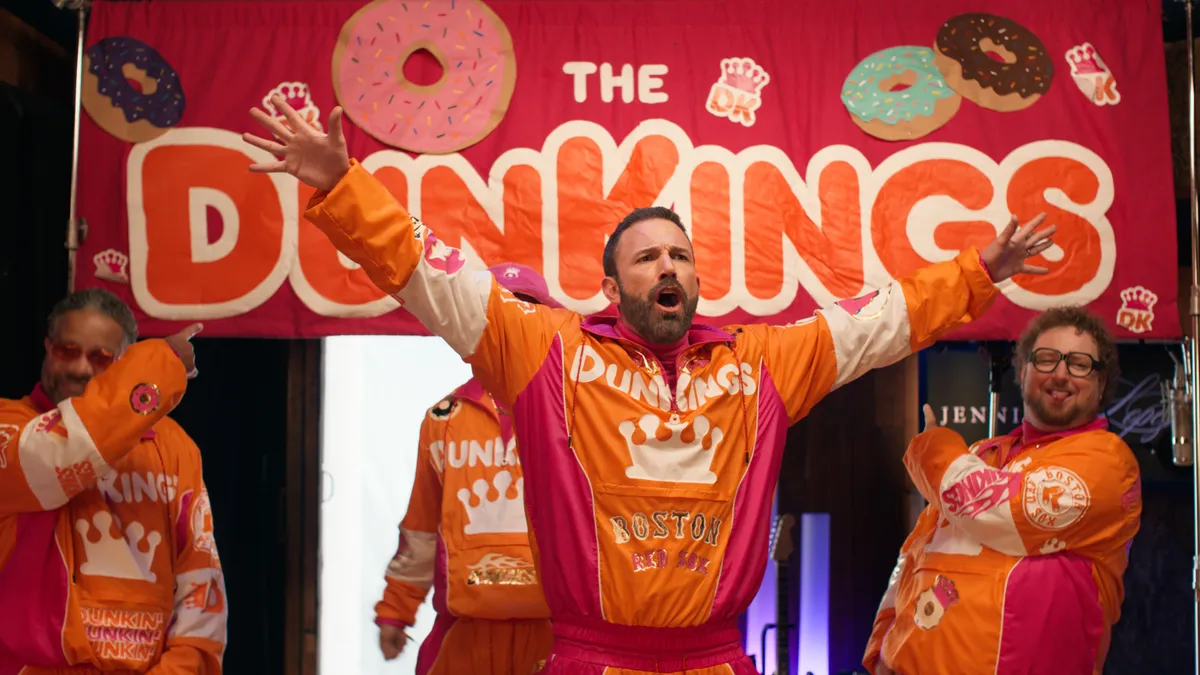Dive Brief:
- Google's ad revenue rose 9.8% to $37.1 billion in Q3 from a year earlier as some marketers resumed their digital media spending to reach consumers who spent more time online during the pandemic. The Alphabet-owned company's ad growth included a 32% gain to $5 billion for YouTube, and with a 6.5% lift to $26.3 billion in search ad revenue, per a quarterly report.
- "We saw an improvement in advertiser spend across all geographies, and most verticals, with the world accelerating its transition to online and digital services," Sundar Pichai, CEO of Alphabet and Google, said in a Thursday conference call with analysts. The company also saw strength in its Google Play app store, YouTube subscriptions and cloud-computing group Google Cloud, he said.
- "We're pleased the way advertisers have reactivated their budgets," CFO Ruth Porat said during the call. "YouTube's strong watch time growth enables advertisers to reach audiences that they can't reach on TV." She also said that consumers are visiting YouTube to learn about new topics and engage with entertaining content as many remain close to home during the health crisis.
Dive Insight:
Google's rebound in advertising revenue indicates that marketers ramped up their digital media spending after canceling or delaying campaigns in the prior quarter. That pullback led the company to report an 8% decline in total ad revenue, the first drop in the search giant's 26-year history, though YouTube managed to eke out a 5.8% gain. The video-sharing site is a key source of revenue growth for the company, given its popularity among young adults and teens who tend to consume more online videos than older generations do. While the pandemic has kept many people at home, Generation Z and millennials have ramped up their mobile video usage in recent months, a study from this summer indicated.
"We expected Google's ad revenues to recover across search, YouTube and network members in Q3, and all three segments outperformed our expectations," Nicole Perrin, principal analyst at researcher eMarketer, told Marketing Dive in emailed comments. "That was especially true of YouTube, which posted 32% ad revenue growth over last year, pointing to advertisers' continued desire for video inventory, the return of brand spending, and notable increases in political ad spending during the quarter."
EMarketer forecast that YouTube will have 1.92 billion viewers — more than two-thirds of digital video users worldwide — by the end of the year.
Google's 9.8% ad revenue growth was slower than that of its two biggest rivals in digital advertising, Facebook and Amazon, which also reported Q3 results yesterday. Its slower growth may reflect the maturity of its search business and the company's overall size in comparison with the total digital ad market, which this year is forecast to grow 2.4% to $332.8 billion worldwide, eMarketer predicts. Facebook's ad revenue rose 22% to $21.2 billion in Q3, though the social media pioneer is a younger company. While Amazon has been around longer than Google, the e-commerce giant was a comparable late-comer to the digital advertising market. It reported a 51% jump in ad revenue to $5.4 billion in Q3 as marketers sought to reach online shoppers. Amazon is the biggest threat to Google's search business, with 63% of consumers saying they start their online searches for products on Amazon, according to a study by Wunderman Thompson Commerce.
As Amazon pushes deeper into the digital advertising market, Google has responded by expanding its range of e-commerce services to better compete for shopper attention. Google this month unveiled several search-based features, including two aimed at helping people shop for everything from cars to clothing. Its AR Autos feature lets customers look for a vehicle in Google Search and see it in a 3D or AR rendering, while its upgraded visual search tool matches items to products sold online. The new services followed last month's introduction of updated shopping results to help people find local businesses and check for services like curbside and in-store pickup. Before that, Google added more shopping features to its Google Pay payment app and created a section in its shopping site to show clothing items from multiple online stores.
Google's ad growth may bolster allegations by regulators, lawmakers, publishers and search rivals that the company unfairly hinders competition in numerous ways. The U.S. Department of Justice last week filed a long-awaited antitrust lawsuit against Google, claiming that the company preserves a monopoly for its search engine and advertising business with anticompetitive behavior. The government accused the company of using ad revenue to pay mobile carriers and smartphone makers like Apple to keep Google as the default search engine in web browsers, reinforcing its dominance, The Wall Street Journal reported. Google has a 92% share of the global search market, according to analytics firm Statcounter, making its platform a necessity in digital ad campaigns. Google also operates the two biggest demand-side and sell-side platforms in the programmatic ad market, which may invite a separate group of antitrust lawsuits, CNBC reported.













